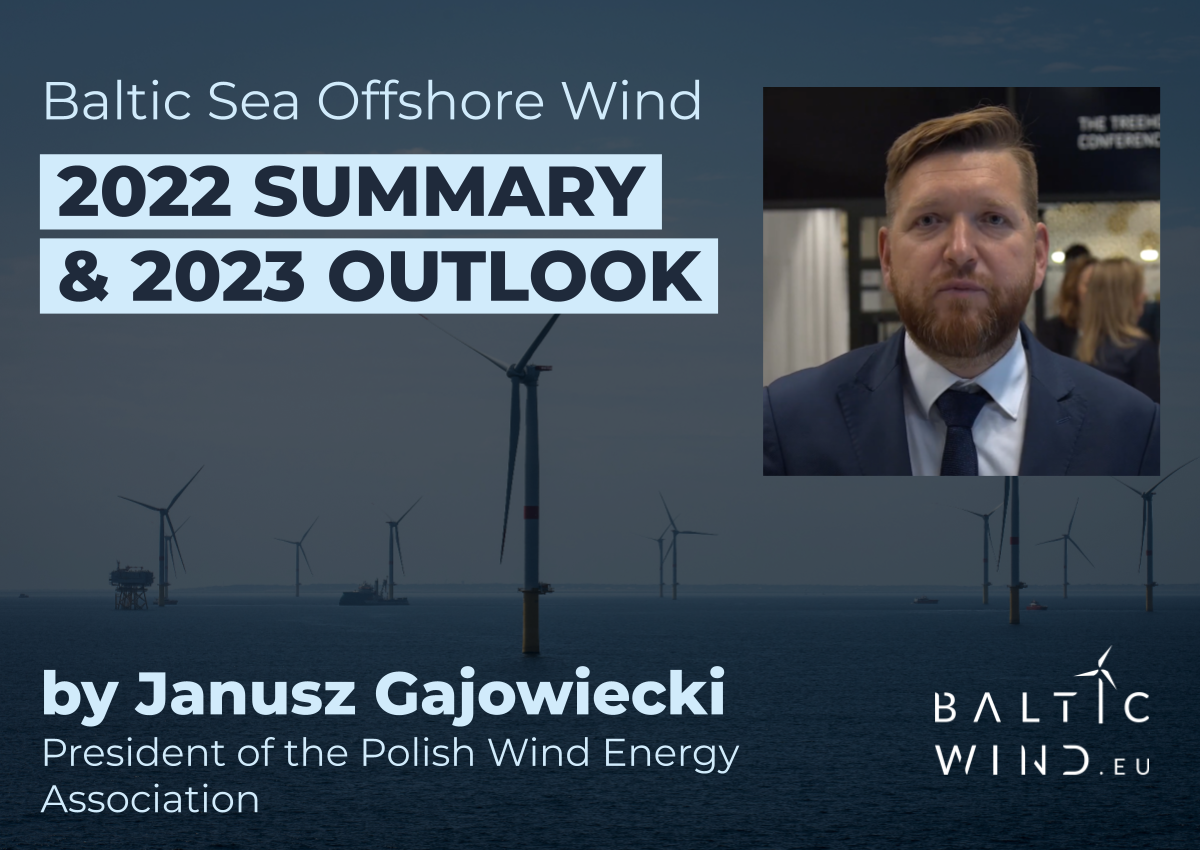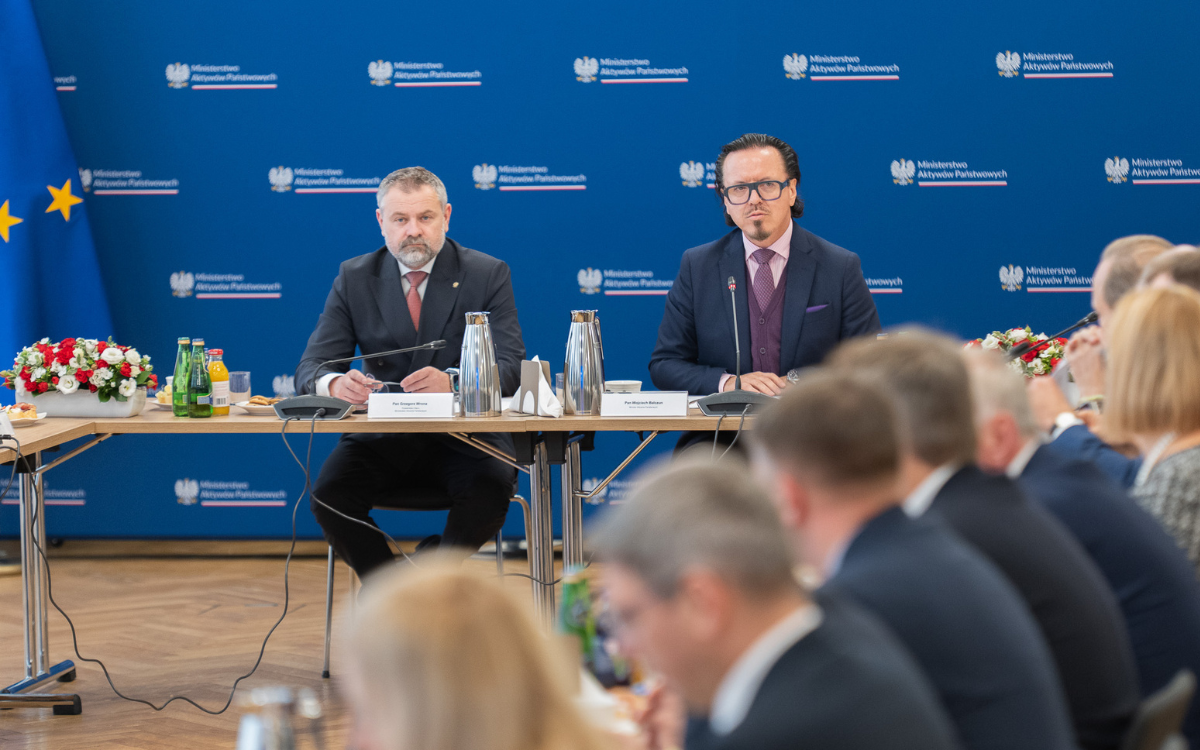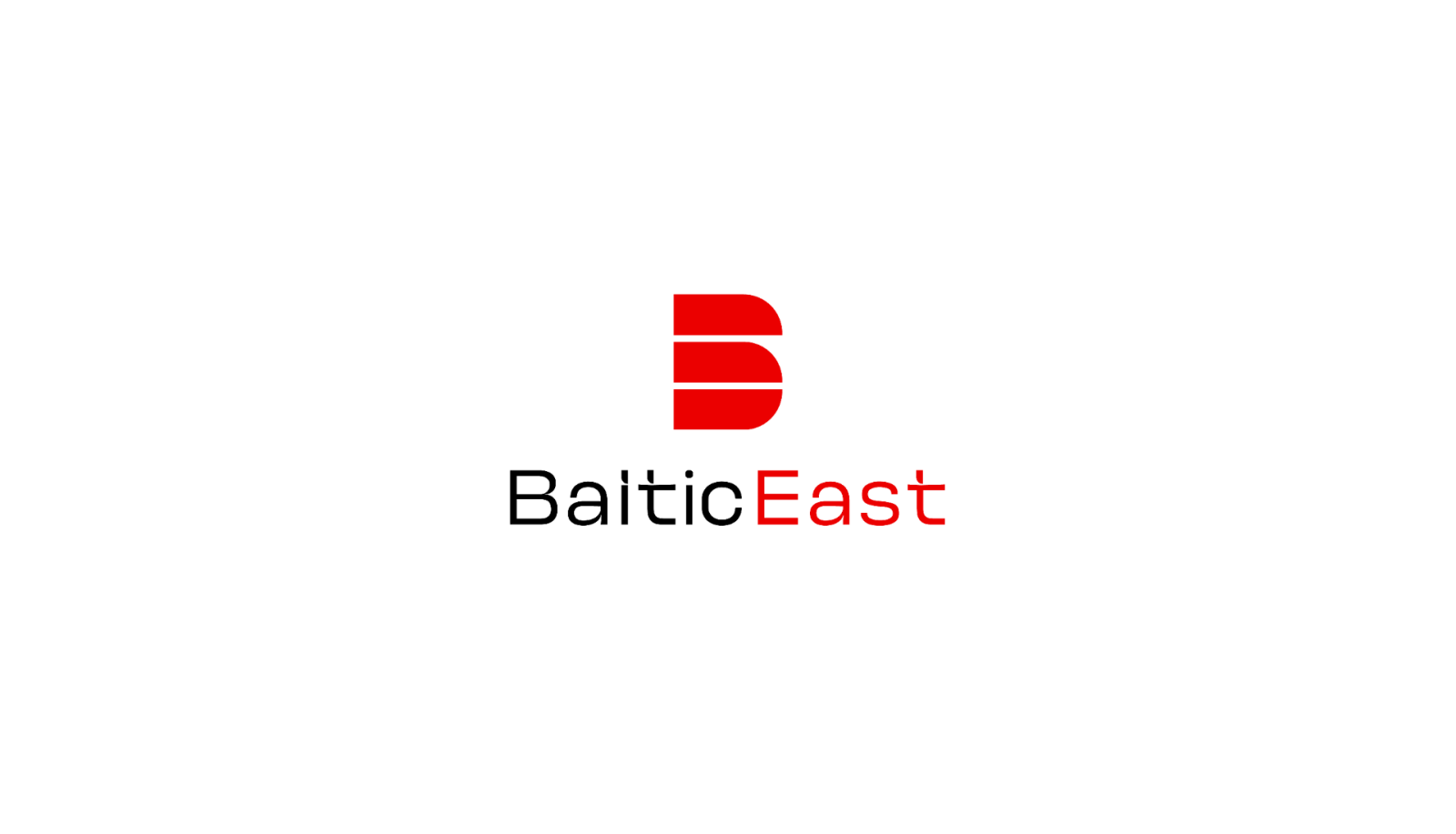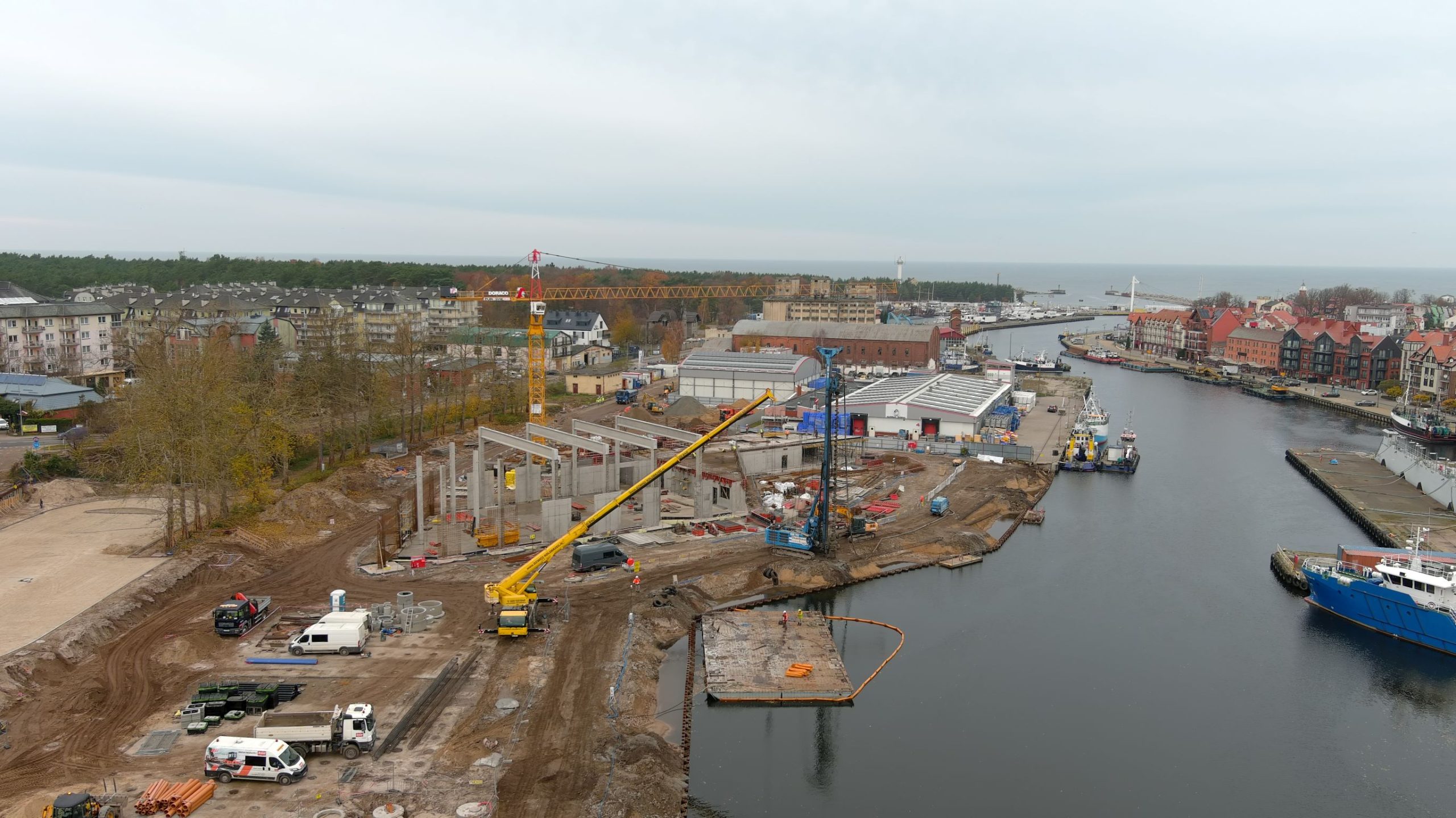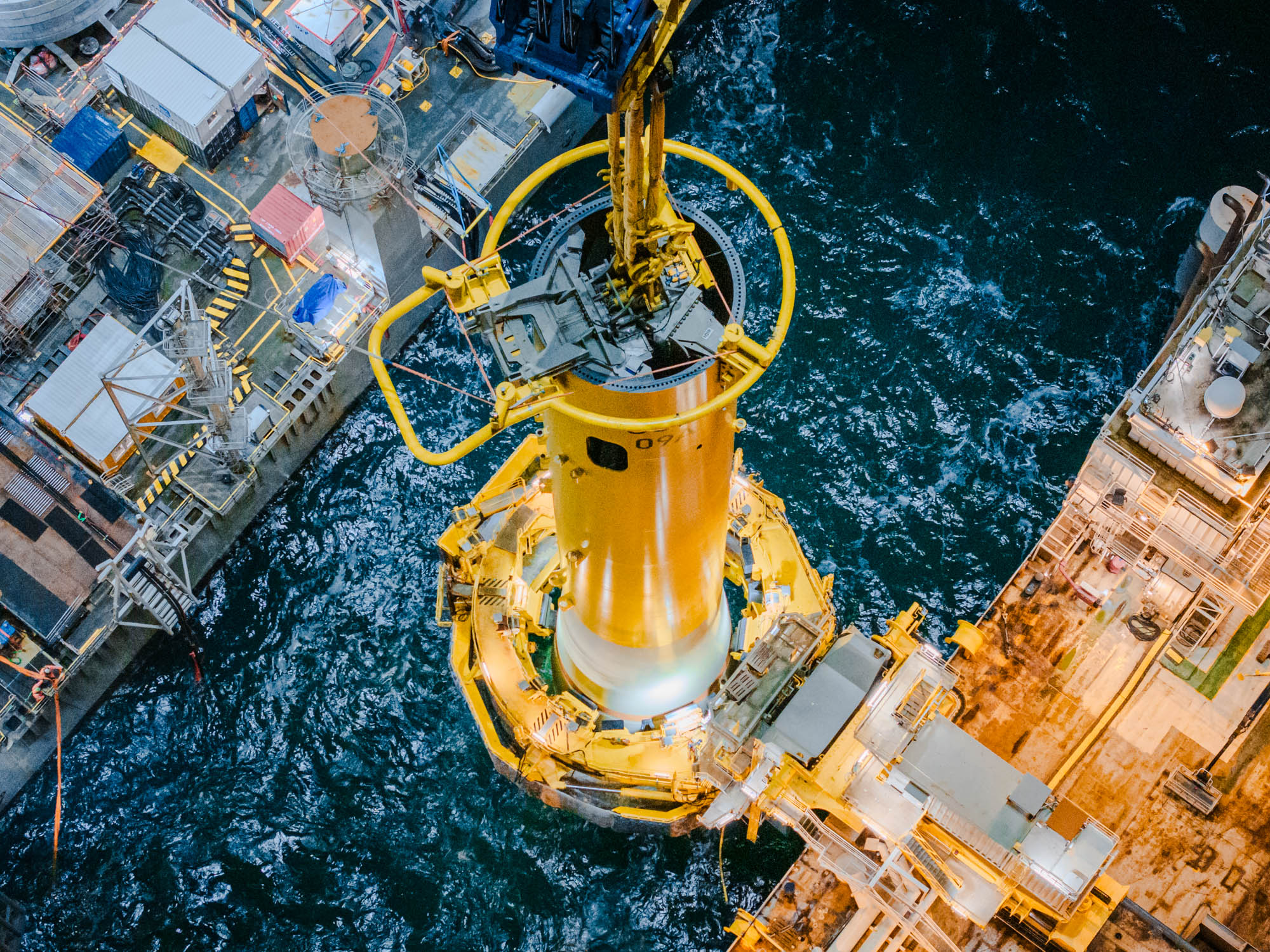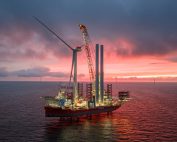The year 2022 was full of events that are permanently changing the conditions for the offshore wind industry. We asked industry leaders and key policy-makers for their assessment of what has been achieved in the past year and what the forecasts are for 2023. In today’s interview of the „Baltic Sea Offshore Wind – 2022 Summary & 2023 Outlook” series, we present the opinion of Janusz Gajowiecki, President of the Polish Wind Energy Association.
2022 Summary
From my perspective, the most important development for the offshore wind industry in 2022 is the declaration of changes to Poland’s Energy Policy, which will include more ambitious targets for offshore wind energy in Poland. Also not to be overlooked is the launch of further proceedings for offshore sites, a number of adopted amendments to the gas act, valuable propositions for amendments to the Offshore Act to increase auction volumes and the selection of further contractors for ongoing projects.
Our main achievements in 2022 were the development of the ‘Potential of Offshore Wind in Poland’ report, which showed the real potential of OWE in our country. The publication indicates an OWE potential of 33GW and 20 new areas in the Polish part of the Baltic Sea, including 18 in the exclusive economic zone and 2 in the territorial sea. If the total potential of the Baltic Sea is exploited, offshore wind power could satisfy up to 57% of Poland’s total electricity demand and local content could reach 65%, which undoubtedly presents an opportunity for the Polish economy.
2023 Outlook
An important challenge for the development of offshore wind energy in 2023 is to identify the biggest barriers to offshore development in Poland and to develop proposals for their solutions. In addition to changing regulations, an important issue for dynamic offshore development is the removal of a number of infrastructural and administrative barriers. The main challenge is the construction and modernisation of the transmission infrastructure necessary to connect wind farms in the Baltic Sea. Poland also needs to strengthen the capacity of interconnections with the Baltic Sea countries. Another barrier is lengthy and complicated procedures for granting decisions and permits to erect installations.
In 2023, we will focus in particular on starting a dialogue on including the huge potential, identified in our report, in strategic documents and Maritime Spatial Plans of Polish Sea Areas. Offshore wind farms are the best available large-scale RES technology to reduce emissions and allow Poland to meet European climate targets. OWFs can be part of a sustainable energy mix in Poland to support decarbonisation and reduce dependence on fossil fuel supply. It is also worth noting that without offshore wind farms, Poland will not develop ambitious hydrogen projects related to the technology for green hydrogen production.
